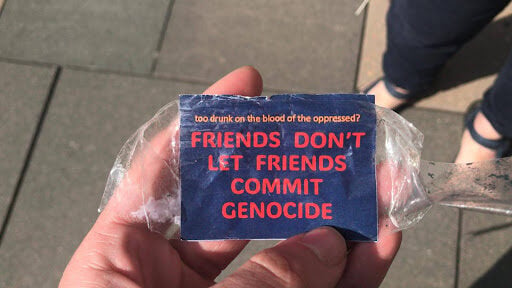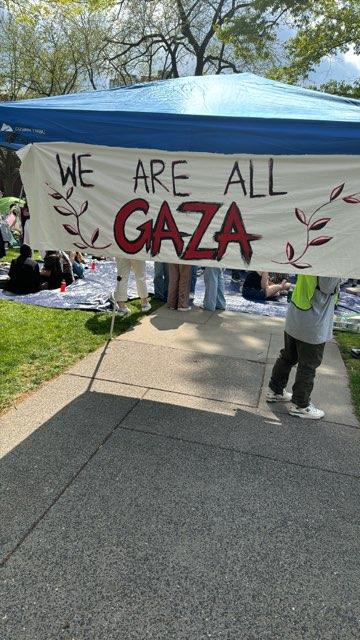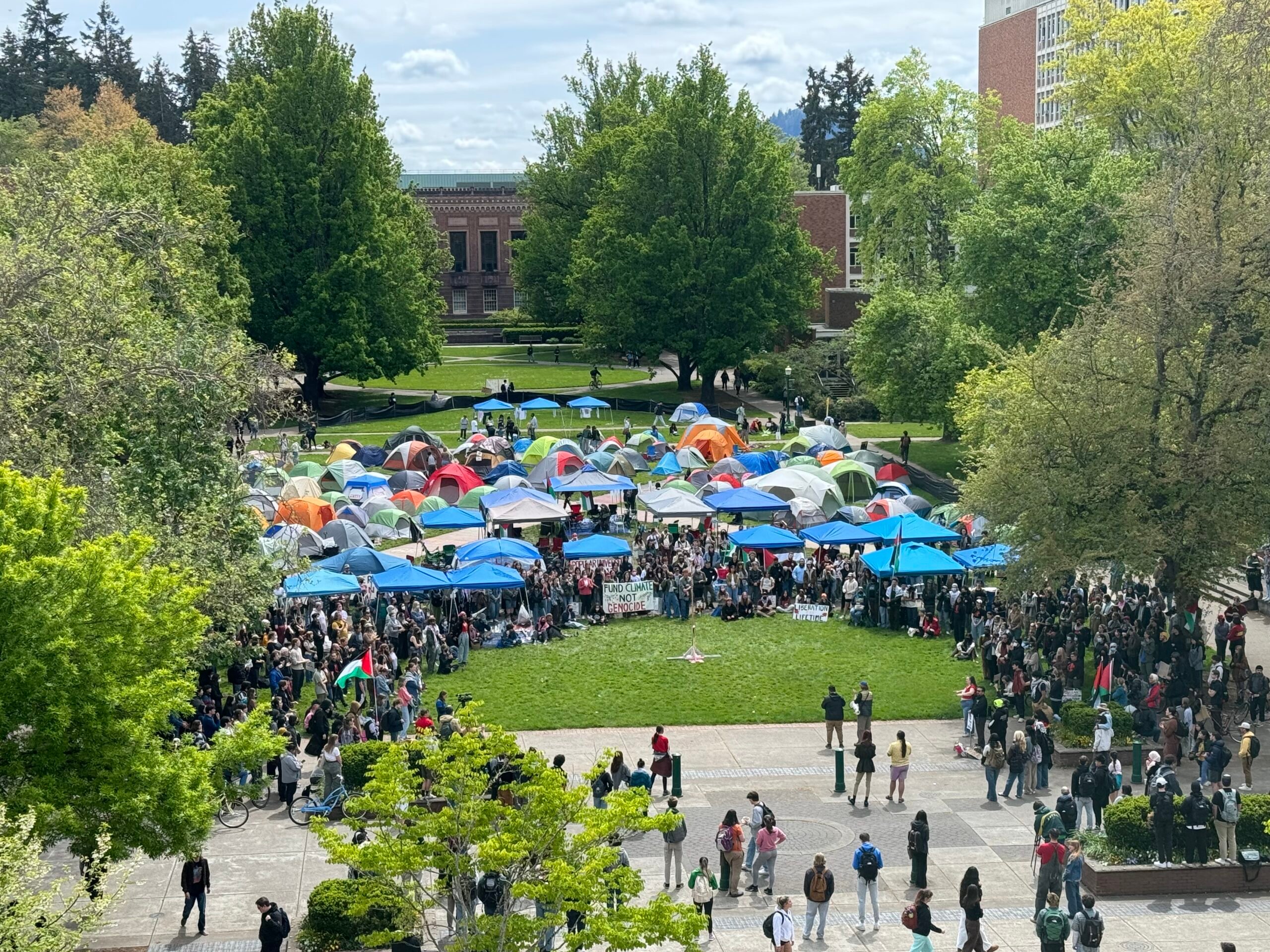Now there’s an oxymoronic phrase for you. We are told, on the one hand, zachor, “remember,” and lo tishkach, “do not forget.” But we are also commanded to timcheh et zecher, “blot out the memory.” How are we expected to do both?
Zachor is something Jews seem to do naturally. Remember it all. Never forget. We build monuments and museums detailing the darkest times in our people’s history so that humanity will “remember” what great evil humans can do. It has become almost an obsession to “not forget,” especially when eyewitnesses to the Shoah are passing away and today’s generation once again presumes it could never happen in our lifetime. But what about the other extreme? What if we forget about zachor and focus only on the command to timcheh et zecher, “blot out the memory”? What happens when we pretend as though something tragic and frightening has never happened at all?
While this imperative might at first seem confusing or contradictory, perhaps it offers us a profound insight into the spiritual effects of remembrance in the wake of trauma.
The goal of the annual Yom HaShoah remembrance is not to wallow in our victimization or to fire up feelings of revenge, but precisely the opposite: By telling the story, we seek to “blot out” or liberate ourselves from the painful, crippling impact of these memories. In a sense, this commandment bids us to eradicate the aspects of our collective traumatic past that ultimately serve to keep us enslaved and imprisoned.
In the end, the ritual re-telling of these stories is not only the key to our healing but to the healing of the world itself. In their most exalted form, the acts of listening, learning and remembering are important steps toward developing empathy for those who suffered.
Seventy-three years ago, in 1943, while the war was still going on, a group of refugees who escaped from Europe and settled in Paterson, started a memorial program for their brethren who perished. Eventually this became an annual Warsaw Ghetto yizkor program, and then a full-fledged annual Holocaust memorial program. Ultimately it was adopted by the Northern New Jersey UJA and then when they merged with the Bergen County UJA it became our community’s official Yom HaShoah memorial program. To be sure, there are many commemorations run by synagogues and by individual communities. However, this program covers all of Northern New Jersey as well as Passaic-Clifton and is the oldest continuous Holocaust memorial program in North America.
None of the original members of the program committee are still alive, but many members, including survivors and second-generation children, have been active for decades. The program is almost always held in a synagogue due to its solemnity, and the format has changed little over the years. After the obligatory welcoming remarks by the rabbi and UJA President, there is a candlelight procession by children accompanied by somber choral music. This year there will be 73 candles as well as a procession of Holocaust Torah scrolls. There is a reading of the Yiddish poem “Die Tzava’ah,” an address by a child of a survivor, the main keynote presenter, the telling of six survivors’ stories by high school students, the El Maleh memorial prayer, singing of the Partisan’s Song, and finally the Mourner’s Kaddish. Every year the program attracts at least 600 people. The annual diminishment of survivors who are no longer coming is offset by more and more second- and third-generation families.
Over the years, many well-known figures have delivered the keynote address. The Executive Vice President of The Conference of Major American Jewish Organizations, Malcom Hoenlein; the Holocaust photojournalist Ruth Gruber; Rabbi Hershel Schachter, who as a WW II chaplain entered Buchenwald with the liberating American troops; Stuart Eisenstadt, the American diplomat who negotiated reparations; US Nazi hunter Eli Rosenbaum; former head of the ADL, Abe Foxman; Prof. Deborah Lipstadt, who challenged Holocaust deniers in court; Rabbi Haskell Lookstein, who wrote about press coverage during the Shoah; Dr. David Marwell, director of The Museum of Jewish Heritage; author Edwin Black, who showed IBM’s complicity with the Nazis and many other prominent speakers. Each year there is a photo exhibit on the presenter’s theme prior to the program.
This year the keynote presentation will be a Yiddish performance by Zalmen Mlotek, Artistic Director of the Folksbiene National Yiddish Theater, and his daughter Sarah Mlotek. This program has been chosen by Governor Chris Christie and the New Jersey Commission on Holocaust Education for the annual statewide Yom HaShoah observance. It will take place at the Fair Lawn Jewish Center, 10-10 Norma Avenue in Fair Lawn, on Thursday May 5 at 6:30 p.m., with the photo exhibit at 6 p.m. It is open to the public and there is no admission charge.
By Wallace Greene
Dr. Wallace Greene, a member of the UJA’s Holocaust Memorial Committee for several decades, taught about the Holocaust at Upsala and Queens Colleges, published the first scholarly rebuttal of Holocaust denial, and was himself a keynote speaker in the ’80’s. He is also a consultant to The International March of the Living.












